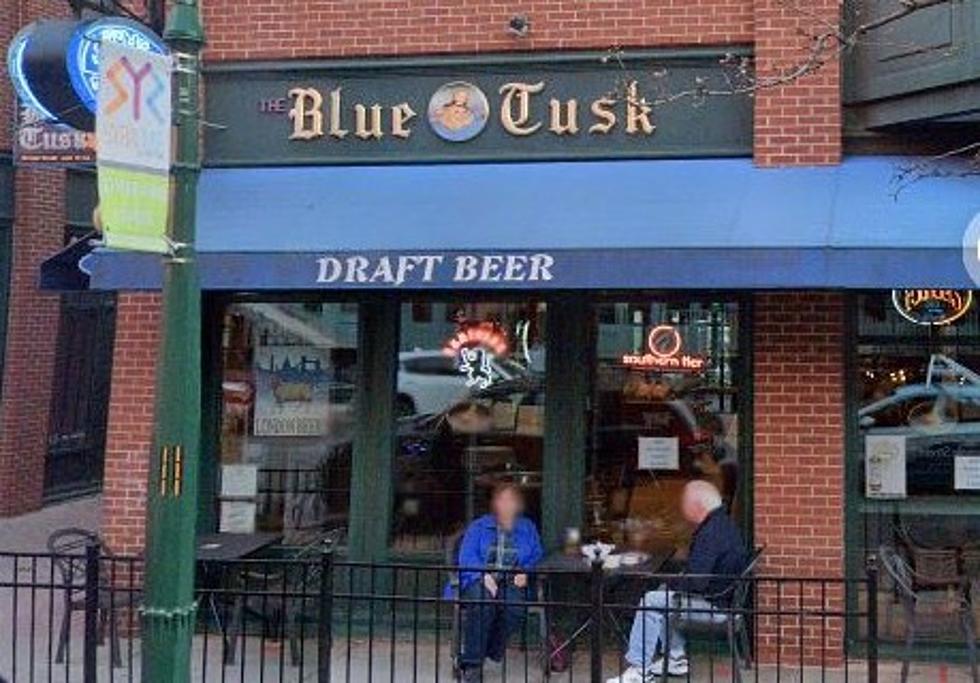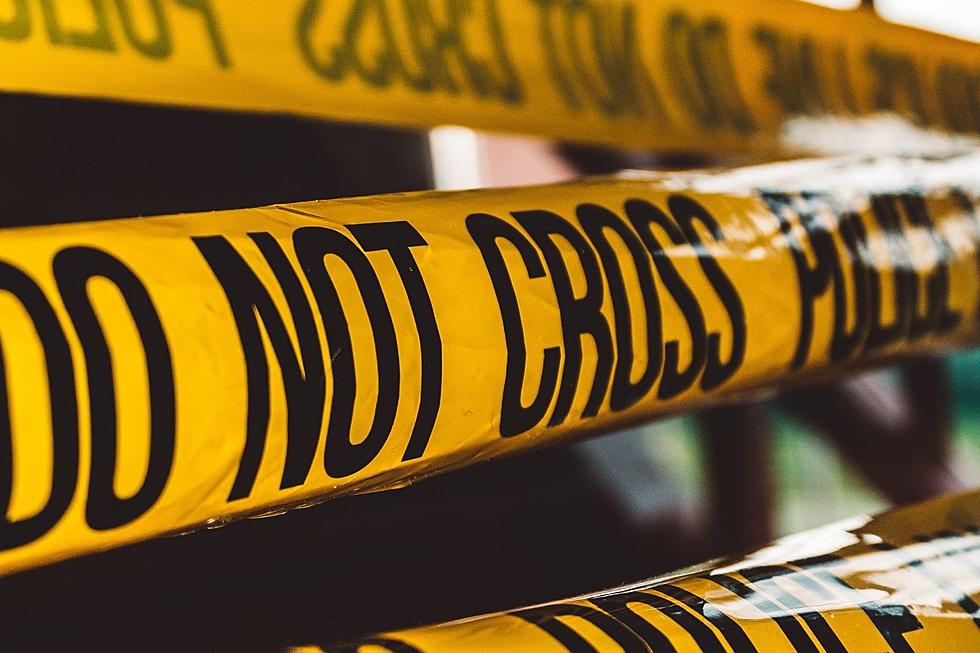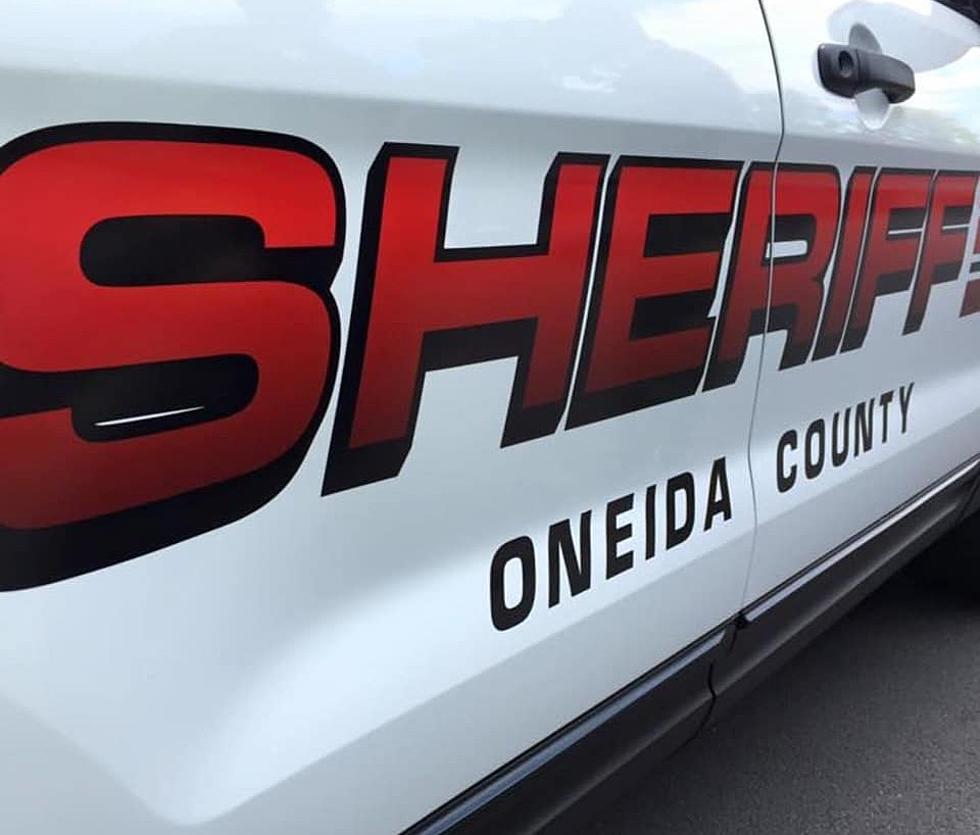
Celebrating Life Events by Releasing Balloons is Killing Wildlife
It’s not done with malicious intentions, but when a balloon is let loose and flies away, the end result can turn out to be a lot more than malicious. For wildlife it often turns out to be deadly. The New York Department of Environmental Conservation is sharing a couple of examples of just how far a balloon can travel.
Example #1 comes from DEC Wildlife Biologist Steven Heerkens. He found theis discarded balloon while doing remote field work in Herkimer County.
Example #2 was found by Chris Spies, DEC Region 1 Enforcement Coordinator, while recreationally fishing in Suffolk County.
Both of these examples are of balloons becoming littler, but there are countless other instances of animals killed or severely injured from discarded ones. They become entangled in the ribbons tied to them and some die after ingesting the plastic remnants that in turn become lodged in their stomachs leaving them unable to eat.
We have all seen the countless photos of sea turtles or gulls harmed by balloons, but it's not isolated to the oceans. It's happening in the Adirondacks, Catskills, and across Central New York. DEC staff often report encountering littered balloons in the most remote areas, some are stuck in trees, floating in waterways, and laying on the ground.
Summer is the busiest time of the year for balloons with Fathers Day, Graduation parties, and Fourth of July celebrations. You don't have to completely abandon the use of balloons, but be responsible when it comes to disposing of them.
- Tie balloons down tightly to make sure they don't float away.
- Place discarded balloons in the trash, not recycling bins.
- Mylar balloons are the worst, they don't breakdown.
- Latex balloons are not bio-degradable, it takes them a year to break into pieces
Balloons Blow.org suggests considering other ways to celebrate. Use bubbles, paper or fabric garlands, pinwheels, or paper bells. Check out their website for more information on ways to celebrate safely.
Eaglets Born on Susquehanna River Preparing to Take Flight
LOOK: Here Are 30 Foods That Are Poisonous to Dogs
Ilion Boy Starts Bait Shop, Now Has 20 Locations
More From 96.1 The Eagle









